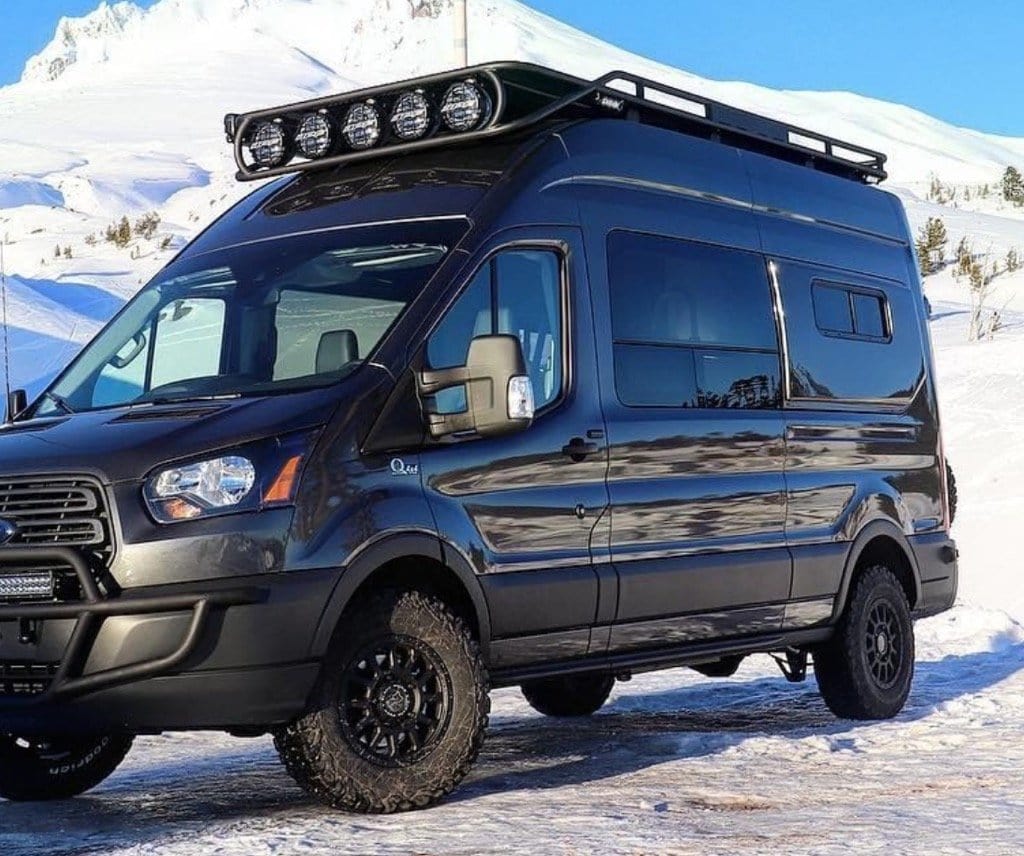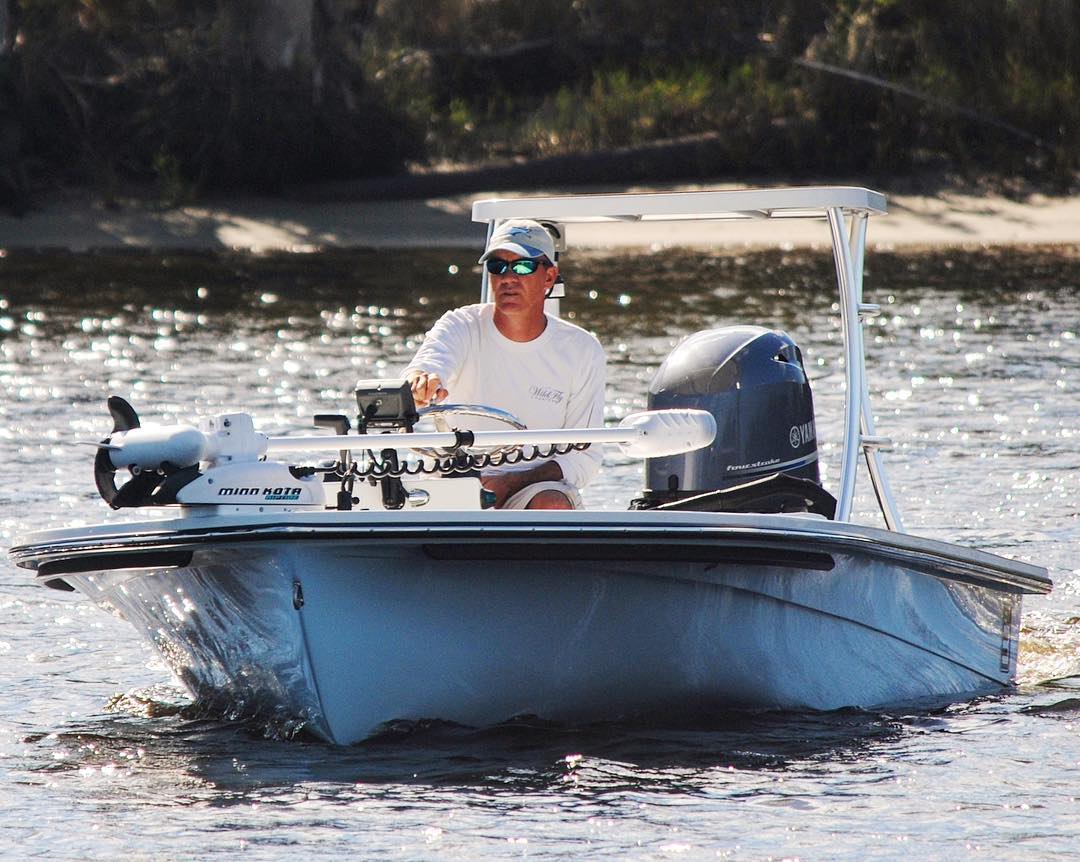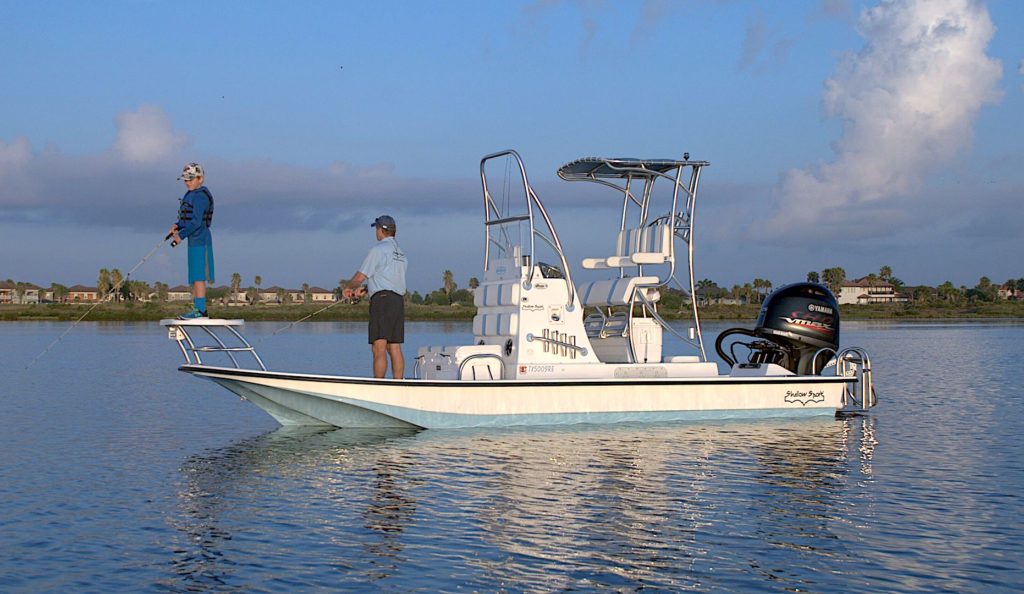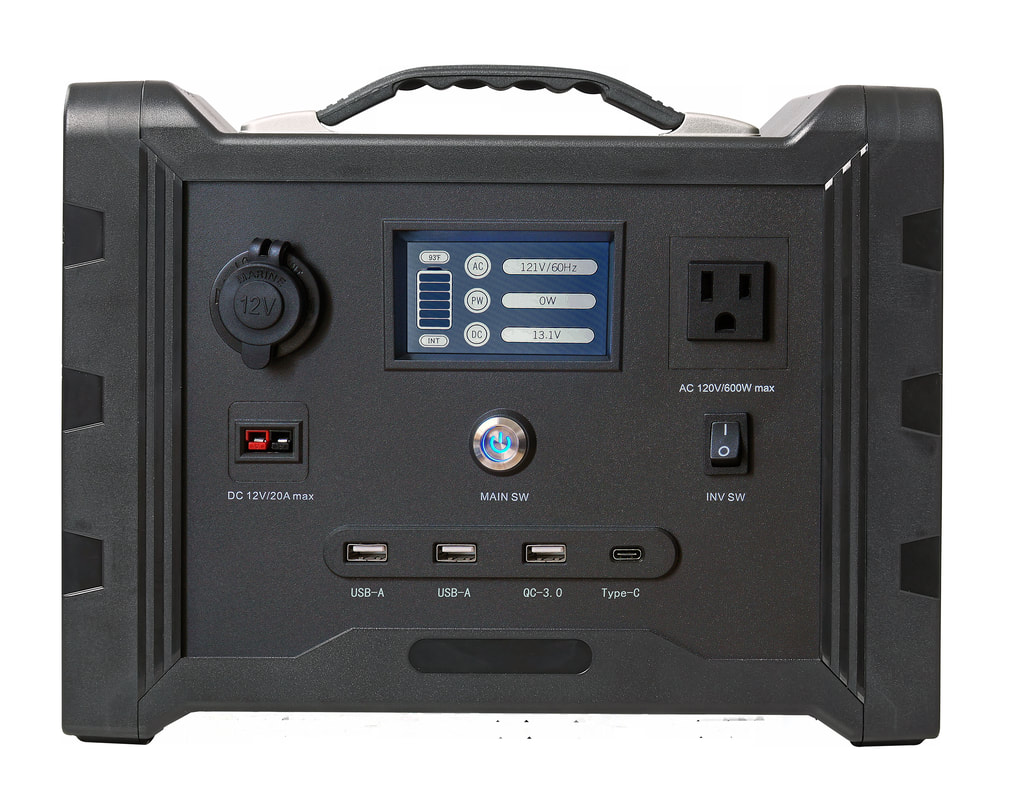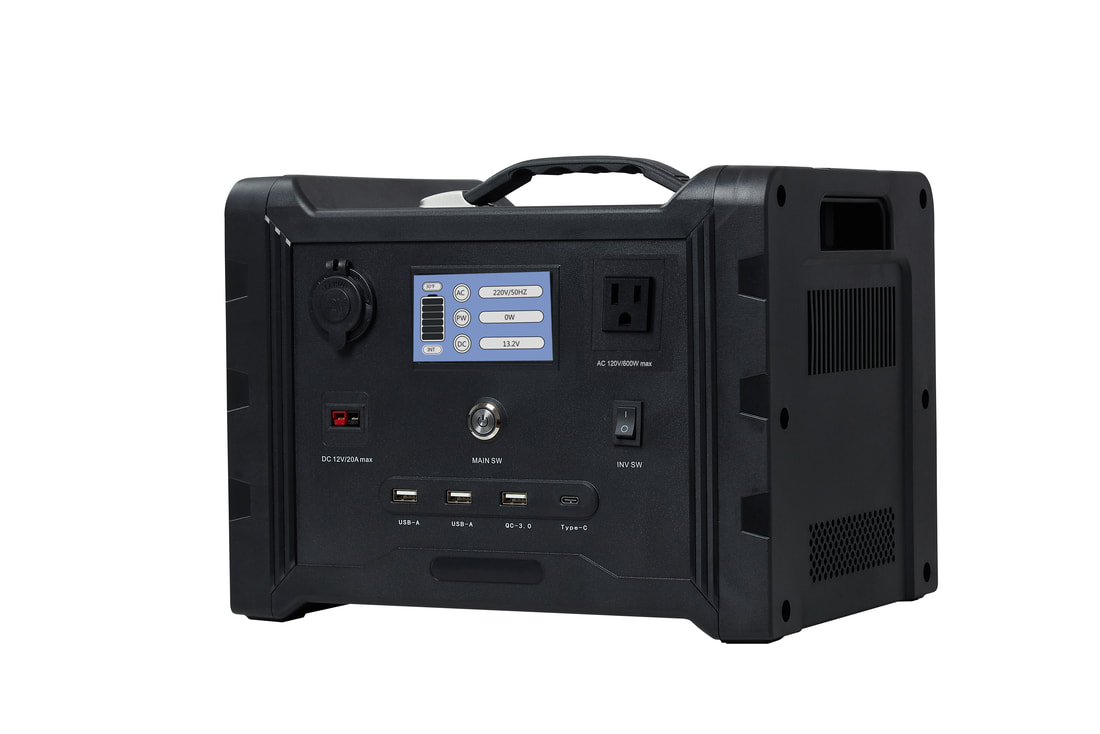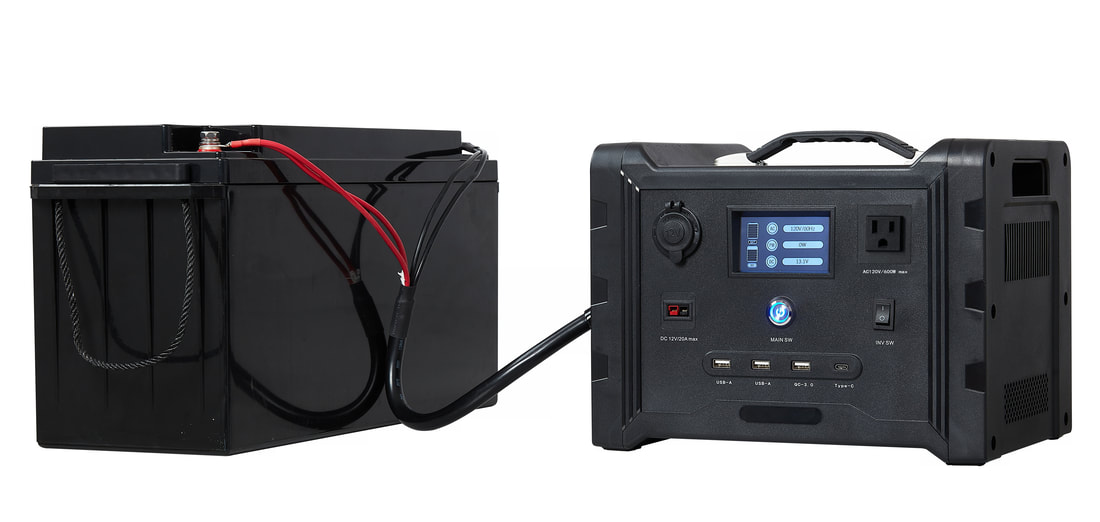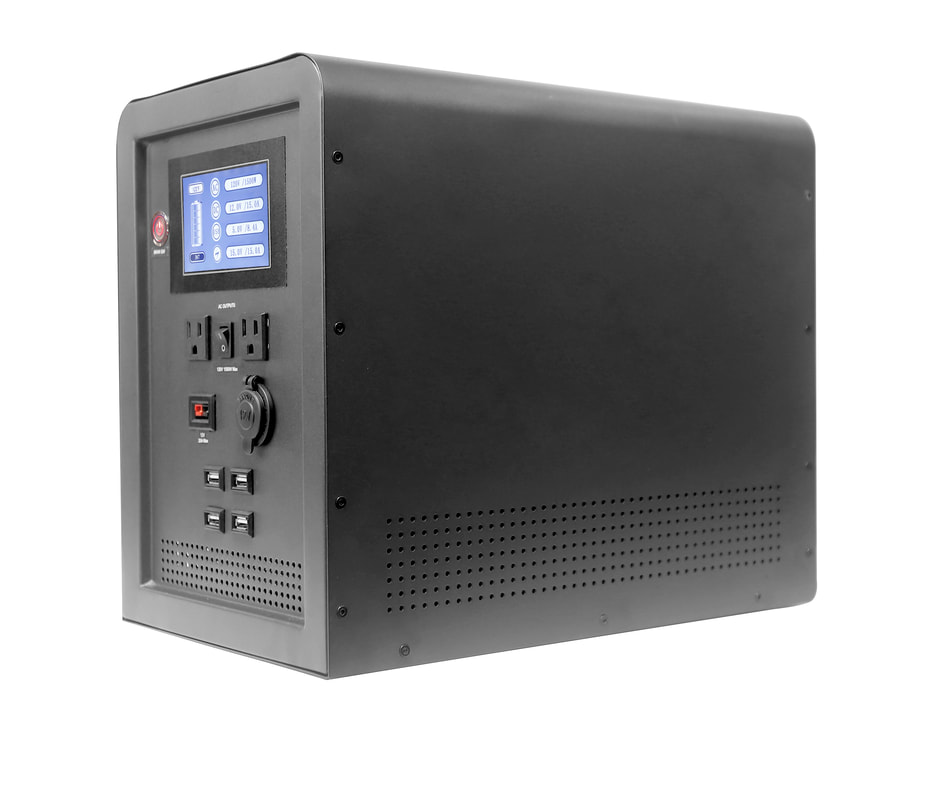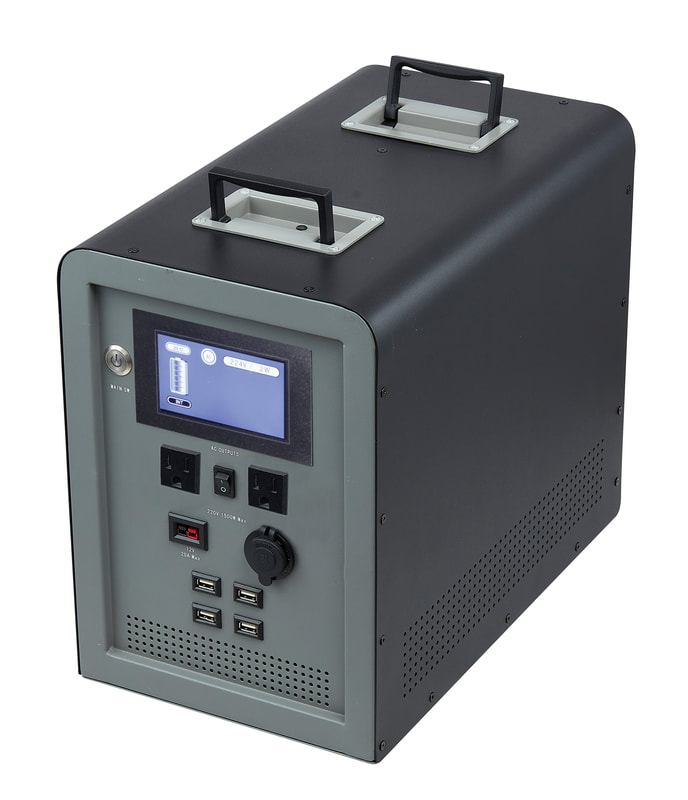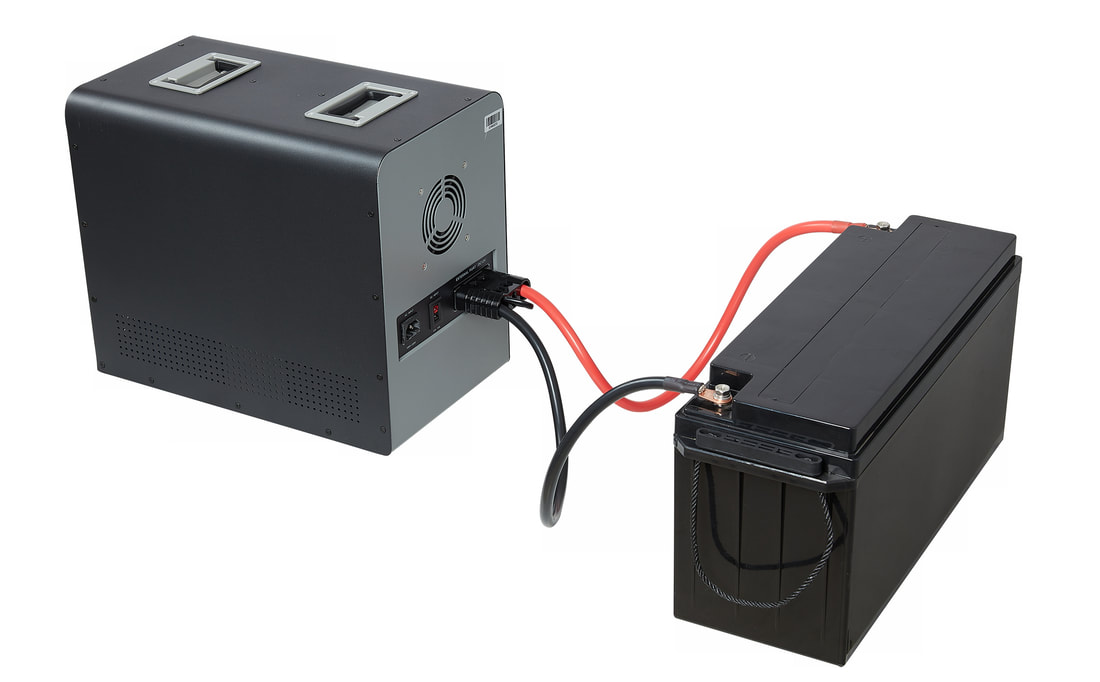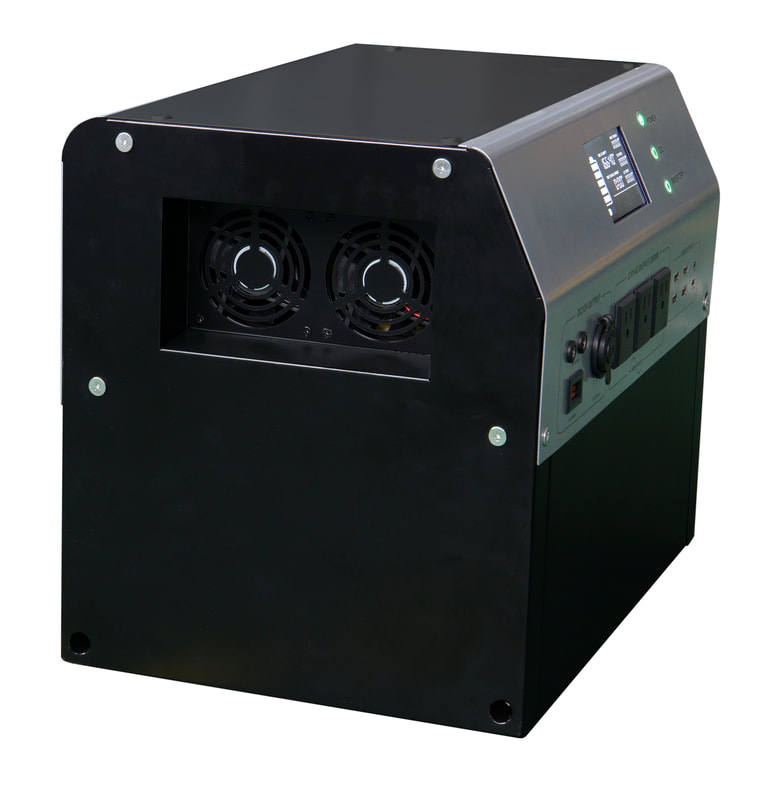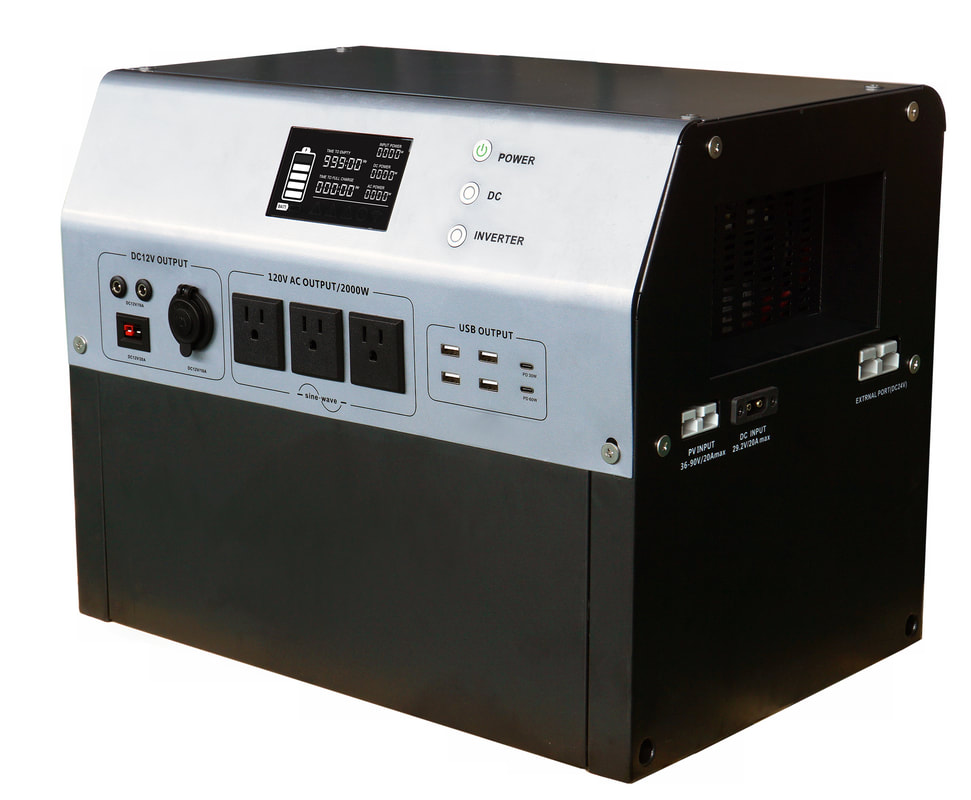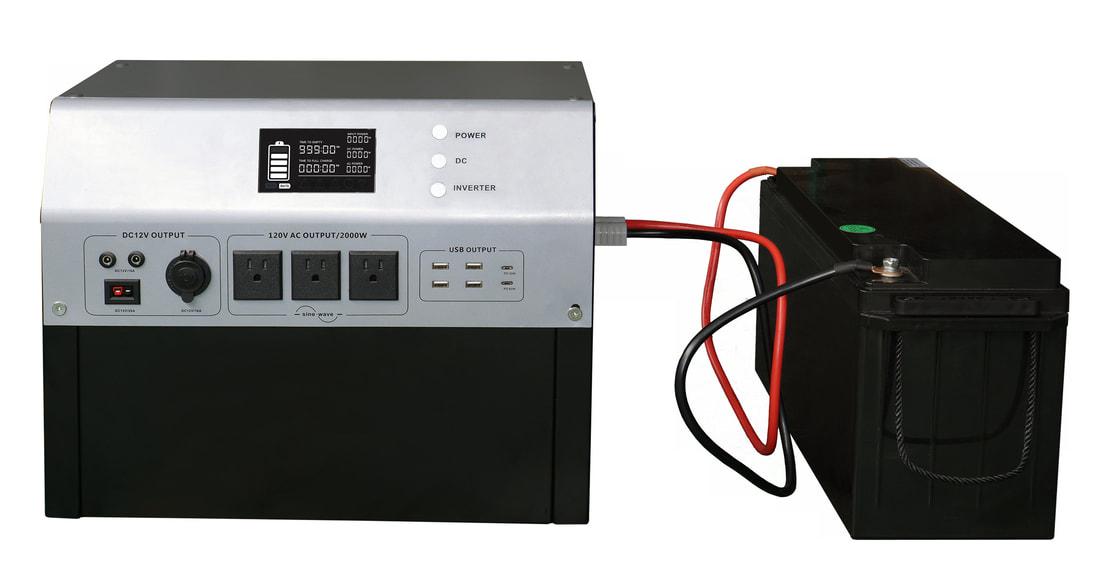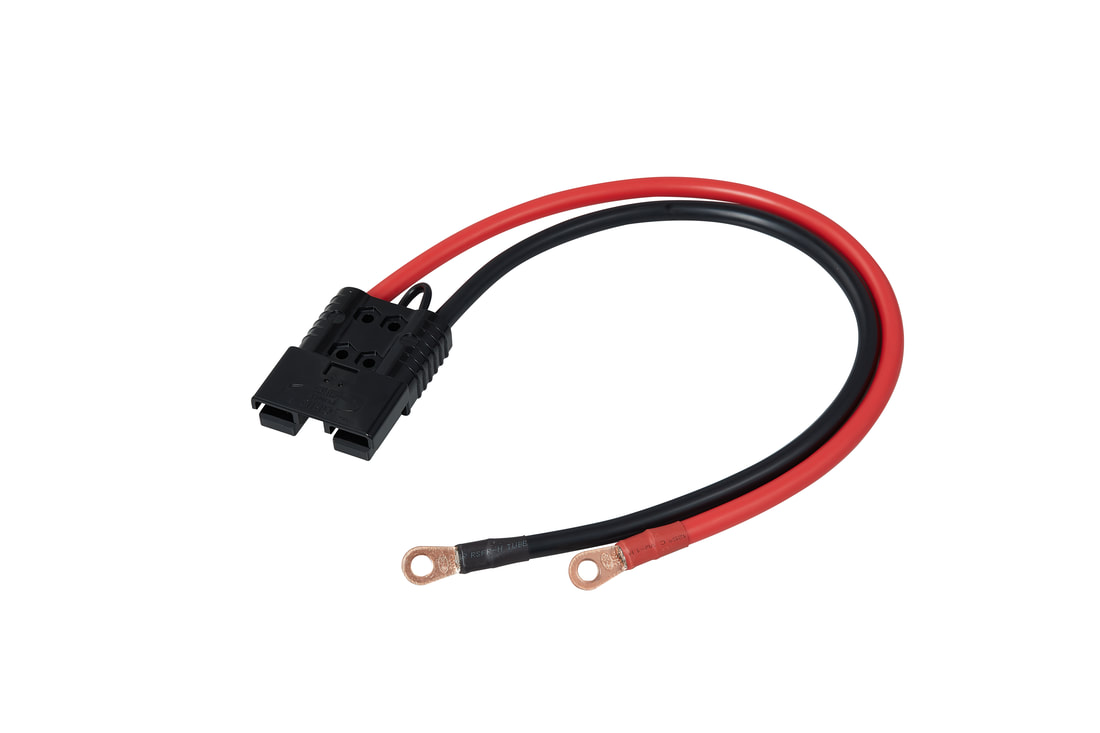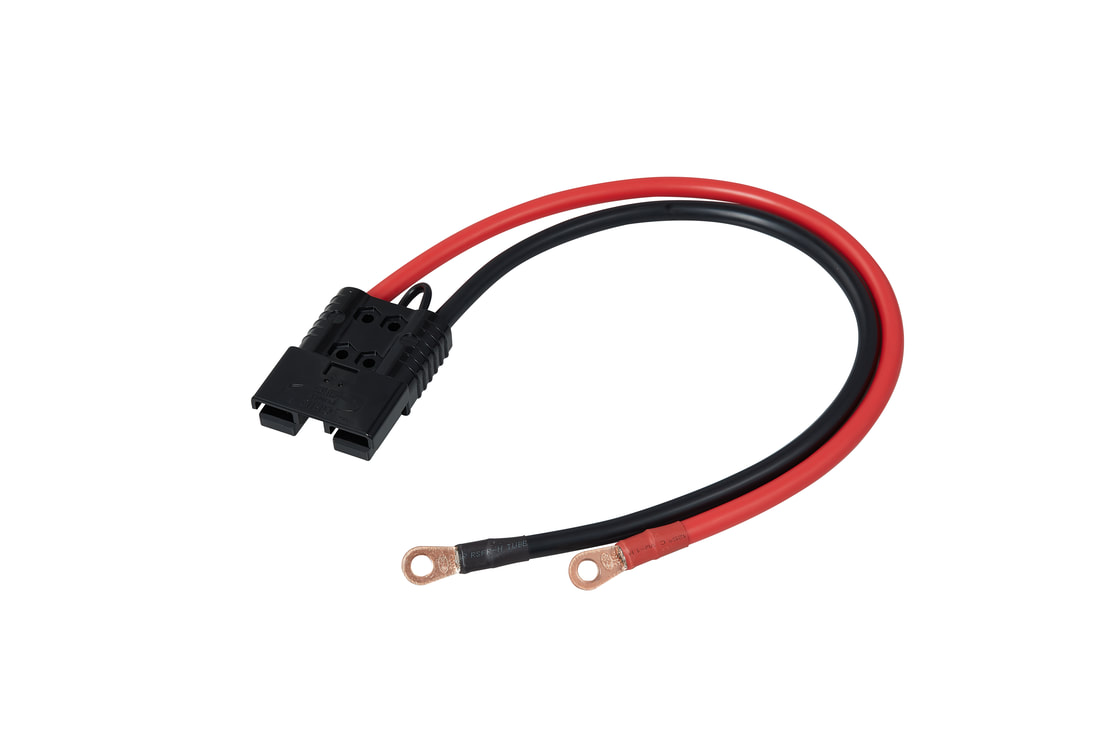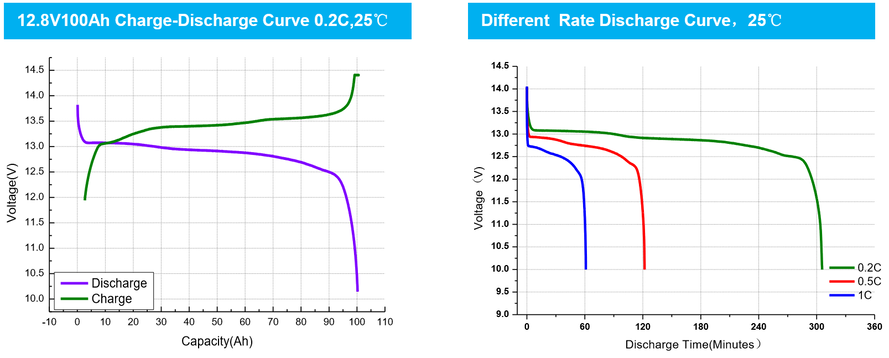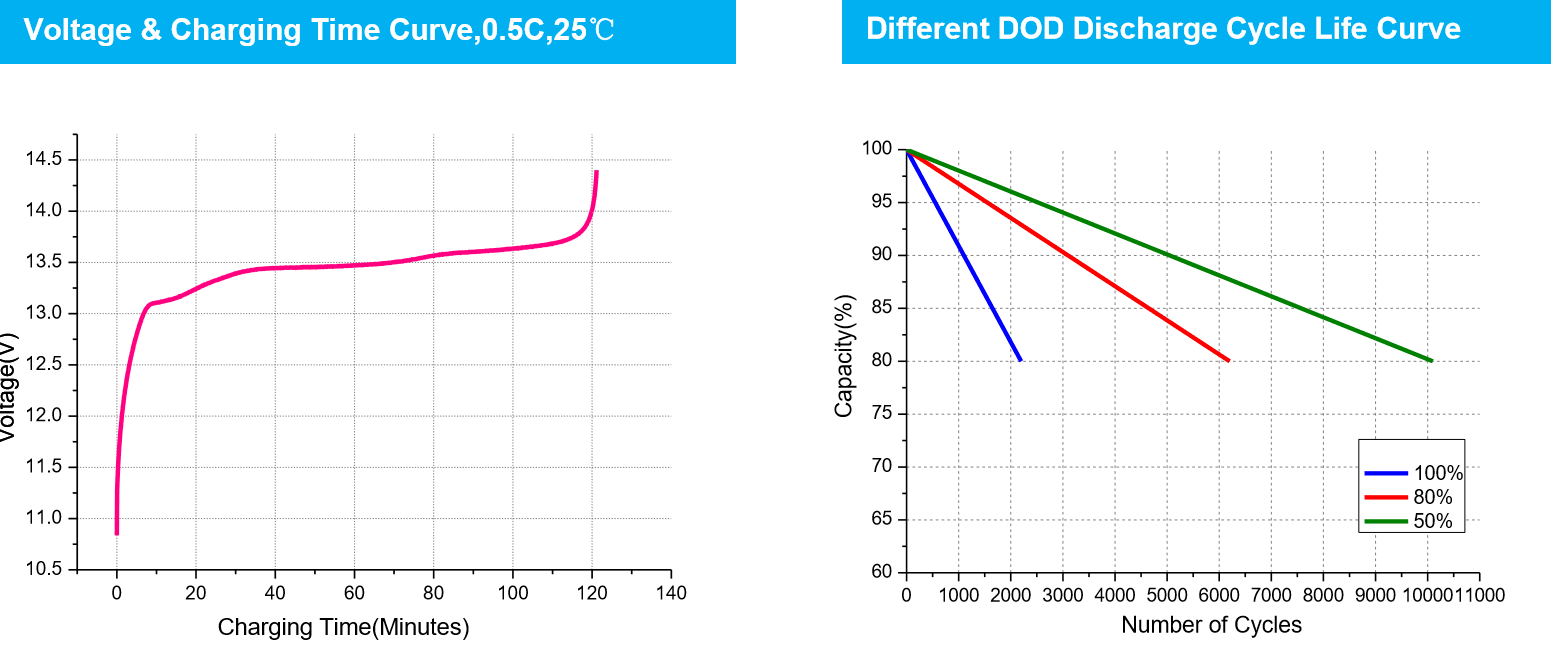Power Stations
30 amp output / add up to 6 batteries / 3000+ cycles
|
- 30 amp draw (1500&2000w) - LiFePO4 chemistry, 3000+ cycles - 110 volt regular house plug(s) - 3(+) USB ports (B and C) - MPPT solar controller inside up to 400 watts - Daisy chain up to six additional batteries - Display showing power, cycles, etc - Available in 600, 1500, 2000 watts - Bundle in portable solar panel kit - Includes 110 volt charger, battery extension plug-in cable Call any time 773-965-2546 |
600 Watt LiFePO4 Power Station
|
1500 Watt 30 Amp Output LiFePO4 Lithium Power Station1500 Watt Power Station with LiFePO4 battery chemistry (compare vs lithium nickel longevity), 30 amp output, ability to daisy chain up to 6 additional batteries, multiple outlets including 110v, multiple USB outlets, 12v. 600 watt MPPT solar input. Expect 2000+ cycles. 16.1x13.4x9.3 inches. 52.9 lbs.
|
2000 Watt 30 Amp Output LiFePO4 Power Station30 amp outputs, 2000 watt LiFePO4 power station. 3000+ cycles, up to 6 batteries can be daisy chained, 600 watt MPPT solar controller inside, 110 volt outlets, USB A and USB-C outlets, 12 volt outlet.
|
|
|
| ||||||||||||
Compare to GoalZero:
1. Our battery is a LiFePo4 battery, Goalzero uses Lion-NMC. The battery is our biggest advantage. LiFePo4 battery is the safest lithium battery right now, and it has longer lifecycle (our battery lifecycle is 3500times, and Goalzero's is 500). 1 full charge and discharge means 1 lifecycle.
2. Our AC adapter with more power compared with GoalZero 3000X; we provide 292W AC adapter, and goal zero 150W. We also can provide optional AC adapter with much more power, like 438W or 592W.
3. Our unit can connect with any 12V or 24V battery as an expansion (like AGM, LFP, NMC); customers don’t need to purchase the expansion battery from us, they can use any battery they have or purchase. GoalZero you must purchase expansion battery from GoalZero.
4. Up to 30 amp output
Our advantages compared to Jackery:
1. All the units use LiFePo4 technology, Jackery uses the older, less expensive, much shorter life Lion-NMC, same as the goal zero.
Our product lifecycle is 5 times longer and LFP is safest lithium battery in the world.
2. Compared with Jackery 1500, 1000, 500 models, our AC adapter has more charge power. Compared with Jackery 2000, or 2000pro, the inverter combines with the AC adapter. When charging we think it may not be the safest way to build.
3. All our units have an extension port, they can connect with other batteries, Jackery has no extension port.
4. Jackery is only proven on small output power unit so far, we are mainly working on larger one, we think their 1500, 2000 or 2000pro need to wait on feedback from the market (they release them on 2021/2022).
5. Jackery 500W unit has only 100W charge power, our 600W version is 292W
6. Jackery 1000W unit has 200W charge power, our 1500W has 250W
7. Our 1500W has 292W AC adapter charger (438W option) and can take up to 400W solar input. Jackery 2000W has 1000W charge, it is better than our 2000W version (but their battery is NMC, with such a higher charge power, we think too much)
8. All our models can connect with extension batteries, Jackerys don’t have this function.
9. Up to 30 amp output
VTOman: 600W unit comparison, our unit has larger input charging power, our AC adapter is 292W, and supports 300W solar panel input. VTOman 1000W has 180W charger and 200W solar panel. VTO 600W doesn't support extension batteries. The 1000W product has 180W adapter and 200W solar panel vs our unit with 292W input and 400W solar panels. For an extension batteries, VTO customers must purchase extension battery from VTO, our unit supports AGM, Lithium, Lead Acid from any manufacturer.
Pair with any portable solar panel or mounted solar panel and charge your power station while you're on your boat / camper van / RV / adventure. Call any time (773 965 2546) for ideas or to talk through your power setup and how we can help.
1. Our battery is a LiFePo4 battery, Goalzero uses Lion-NMC. The battery is our biggest advantage. LiFePo4 battery is the safest lithium battery right now, and it has longer lifecycle (our battery lifecycle is 3500times, and Goalzero's is 500). 1 full charge and discharge means 1 lifecycle.
2. Our AC adapter with more power compared with GoalZero 3000X; we provide 292W AC adapter, and goal zero 150W. We also can provide optional AC adapter with much more power, like 438W or 592W.
3. Our unit can connect with any 12V or 24V battery as an expansion (like AGM, LFP, NMC); customers don’t need to purchase the expansion battery from us, they can use any battery they have or purchase. GoalZero you must purchase expansion battery from GoalZero.
4. Up to 30 amp output
Our advantages compared to Jackery:
1. All the units use LiFePo4 technology, Jackery uses the older, less expensive, much shorter life Lion-NMC, same as the goal zero.
Our product lifecycle is 5 times longer and LFP is safest lithium battery in the world.
2. Compared with Jackery 1500, 1000, 500 models, our AC adapter has more charge power. Compared with Jackery 2000, or 2000pro, the inverter combines with the AC adapter. When charging we think it may not be the safest way to build.
3. All our units have an extension port, they can connect with other batteries, Jackery has no extension port.
4. Jackery is only proven on small output power unit so far, we are mainly working on larger one, we think their 1500, 2000 or 2000pro need to wait on feedback from the market (they release them on 2021/2022).
5. Jackery 500W unit has only 100W charge power, our 600W version is 292W
6. Jackery 1000W unit has 200W charge power, our 1500W has 250W
7. Our 1500W has 292W AC adapter charger (438W option) and can take up to 400W solar input. Jackery 2000W has 1000W charge, it is better than our 2000W version (but their battery is NMC, with such a higher charge power, we think too much)
8. All our models can connect with extension batteries, Jackerys don’t have this function.
9. Up to 30 amp output
VTOman: 600W unit comparison, our unit has larger input charging power, our AC adapter is 292W, and supports 300W solar panel input. VTOman 1000W has 180W charger and 200W solar panel. VTO 600W doesn't support extension batteries. The 1000W product has 180W adapter and 200W solar panel vs our unit with 292W input and 400W solar panels. For an extension batteries, VTO customers must purchase extension battery from VTO, our unit supports AGM, Lithium, Lead Acid from any manufacturer.
Pair with any portable solar panel or mounted solar panel and charge your power station while you're on your boat / camper van / RV / adventure. Call any time (773 965 2546) for ideas or to talk through your power setup and how we can help.
LiFePO4 Power Station - Product Summary
600 Watt LiFePO4 Power Station
|
1500 Watt 30 Amp Output LiFePO4 Lithium Power Station1500 Watt Power Station with LiFePO4 battery chemistry (compare vs lithium nickel longevity), 30 amp output, ability to daisy chain up to 6 additional batteries, multiple outlets including 110v, multiple USB outlets, 12v. 600 watt MPPT solar input. Expect 2000+ cycles. 16.1x13.4x9.3 inches. 52.9 lbs.
|
2000 Watt 30 Amp Output LiFePO4 Power Station30 amp outputs, 2000 watt LiFePO4 power station. 3000+ cycles, up to 6 batteries can be daisy chained, 600 watt MPPT solar controller inside, 110 volt outlets, USB A and USB-C outlets, 12 volt outlet.
|
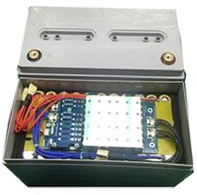 LiFePO4 Battery Showing Cells and BMS Electronics
LiFePO4 Battery Showing Cells and BMS Electronics
LiFePO4 (lithium iron phosphate) is a lithium-ion battery technology that is safe, powerful and plug compatible with most lead acid battery charging systems. This battery technology offers many advantages over lead acid and AGM technology including high capacity storage, delivery of consistently high power, longer cycle life, less weight, longer shelf life and rapid efficient charging.
LiFePO4 batteries are the safest type of lithium batteries as they will not overheat, and even if punctured they will not catch fire. The cathode material in LiFePO4 batteries is not hazardous, and thus poses no negative health hazards or environmental hazards. CMPower LiFePO4 batteries are plug compatible with lead acid batteries and will accept a charge from most lead acid configured chargers. The charge voltage and amperage should be within the range specified for the LiFePO4 batteries.
A CMPower (Custom Marine Products) Lithium Trolling Motor battery has two primary components, the LiFePO cells and the Battery Management System (BMS). Both are housed in a sealed battery case. The quality of each component is key to the longevity and performance of the battery. LiFePO cells are wired in parallel to form a module producing 3.2 volts. Four of these units are connected in series to form a rated 12.8 volt LiFePO4 battery; eight for a 25.6 volt battery. The temperature, charge and discharge of each cell is monitored and managed by the BMS, a computer of sorts built into each battery. In addition to cell monitoring and management, the BMS will prevent over discharging of cells by disconnecting the load and will prevent cell over charging by reducing charge current or stopping the charge process. The BMS will also shut down the system if the battery temperature is out of range.
Advantages and Features of CMPower LiFePO4 Lithium Trolling Motor Batteries
Charge/discharge cycles - CMPower Lithium Trolling Motor batteries have an expected life of 2,000-4,000 charge/discharge cycles at a discharge to 90%. Lead acid batteries have an expected life of 300-500 charge/discharge cycles at a discharge to 50%.
Discharge profile - CMPower Lithium Trolling Motor batteries stay at a voltage of 13 to 13.4 volts during discharge of up to a 95+%. Voltage then drops off rapidly. A lead acid battery decreases in voltage from 13 to below 11.5 volts as more current is drawn. This means trolling motors and other fishing equipment such as power poles and fish finders will operate more efficiently throughout the discharge cycle using LiFePO4 batteries.
Discharge rate - The BMS built into CMPower batteries has a 100 amp or a 150 amp discharge capacity. This means the batteries can sustain a heavy charge and discharge without damage or degradation. Our manufacturer has advised us that the quality of the cells and quality of the BMS is key to the longevity and performance of a LiFePo4 battery. We have seen this firsthand.
Charge/discharge cycles - CMPower Lithium Trolling Motor batteries have an expected life of 2,000-4,000 charge/discharge cycles at a discharge to 90%. Lead acid batteries have an expected life of 300-500 charge/discharge cycles at a discharge to 50%.
Discharge profile - CMPower Lithium Trolling Motor batteries stay at a voltage of 13 to 13.4 volts during discharge of up to a 95+%. Voltage then drops off rapidly. A lead acid battery decreases in voltage from 13 to below 11.5 volts as more current is drawn. This means trolling motors and other fishing equipment such as power poles and fish finders will operate more efficiently throughout the discharge cycle using LiFePO4 batteries.
Discharge rate - The BMS built into CMPower batteries has a 100 amp or a 150 amp discharge capacity. This means the batteries can sustain a heavy charge and discharge without damage or degradation. Our manufacturer has advised us that the quality of the cells and quality of the BMS is key to the longevity and performance of a LiFePo4 battery. We have seen this firsthand.
Weight/power ratio - A typical 100 Ah LiFePO4 battery weighs about 31 pounds. A comparable lead acid battery is over twice that. Because LiFePO4 batteries can be safely be drawn down 95% vs 50%-60% for lead acid, fewer batteries are required to achieve the same power. Lightweight combined with usable power capacity means battery bank weight can be cut by more than half using LiFePO4 lithium batteries. Also, LiFePo4 batteries will occupy up to 40% less space than equivalent lead acid batteries. They are ideal for powering trolling motors. And ideal for taking in and out of the boat to recharge, much easier to move around than lead acid batteries. Also consider a portable solar panel to connect and charge your battery between and during fishing trips.
For example, 3 group 31 110 amp hour lead acid batteries weighing a total of 200 pounds can be replaced by 2 group 31 size 100 amp hour LiFePO4 batteries weighing a total of 62 pounds. Both configurations have roughly the same power capacity because the lead acid can be safely drawn down 50% (330 amps @50% = 165 amps) and the Lithium battery can be safely drawn down 95% (200 amps @ 95% = 190 amps). Also, the lead acid will endure 300-500 cycles and the LiFePO4 over 2,000 cycles.
Example: Lead Acid LiFePO4 (Lithium)
Battery Bank 3 Group 31 110 Ah 2 Group 31 size 120 Ah
Rated Capacity 330 Amps 240 Amps
Useable Capacity 165 Amps 216 Amps
Charge/discharge cycles 300-500 2,000-4,000
Weight 200 pounds 62 pounds
Cost $1,200 $2,178 ($1,089 each)
Cost per useable Ah $7.27 $9.08
For example, 3 group 31 110 amp hour lead acid batteries weighing a total of 200 pounds can be replaced by 2 group 31 size 100 amp hour LiFePO4 batteries weighing a total of 62 pounds. Both configurations have roughly the same power capacity because the lead acid can be safely drawn down 50% (330 amps @50% = 165 amps) and the Lithium battery can be safely drawn down 95% (200 amps @ 95% = 190 amps). Also, the lead acid will endure 300-500 cycles and the LiFePO4 over 2,000 cycles.
Example: Lead Acid LiFePO4 (Lithium)
Battery Bank 3 Group 31 110 Ah 2 Group 31 size 120 Ah
Rated Capacity 330 Amps 240 Amps
Useable Capacity 165 Amps 216 Amps
Charge/discharge cycles 300-500 2,000-4,000
Weight 200 pounds 62 pounds
Cost $1,200 $2,178 ($1,089 each)
Cost per useable Ah $7.27 $9.08
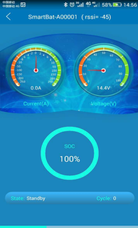 Smartphone app for LiFePO4 Battery Monitoring
Smartphone app for LiFePO4 Battery Monitoring
Safety - Lithium batteries have a reputation for catching fire. This is not so with LiFePO4, a very different technology. The built-in Battery Management System (BMS) monitors the state of charge of each cell group and manages the temperature, charge and discharge rates. The BMS will prevent over-charging and over-discharging by disconnecting from the source. There are no toxic chemicals or gases as in many types of lead acid batteries. The batteries can be mounted in any direction; bottom or side.
Compatibility - While the optimal charging parameters vary between LiFePO4, AGM and lead acid battery technology, the BMS built into CMPower LiFePO4 batteries compensates for this. Thus, our LiFePO4 trolling motor batteries are compatible with most lead acid battery charging systems.
Bluetooth Battery Monitoring - CMPower LiFePO4 batteries are equipped with Bluetooth for monitoring battery State of Charge (SOC) through a Smartphone or tablet app - ideal for trolling motors and fishing boats in general. This is important because unlike lead acid batteries, LiFePO4 lithium batteries maintain a constant voltage between 13 and 13.4 volts so a voltmeter is not an accurate indicator of SOC. A built in Bluetooth capability enables real time monitoring of each battery through an app on either an Android or IOS smartphone or tablet. The app displays the state of charge (SOC) of the battery, the amp draw and voltage level, the temperature, the time to full charge and the number of charge/discharge cycles. This capability is nearly equivalent to having a built in battery bank monitoring system like a Link 2000. No worries about being stuck out on the lake unable to start your engine. And knowledge all day long as you fish about how much battery life you have left.
Winter Operation and Storage - CMPower LiFePO4 lithium batteries can be stored in temperatures from -10°F to +104°F (-25°C to +40°C). It is recommended they not be heavily charged and discharged at temperatures below -4°F (-20°C) . It is recommended that the negative terminals be disconnected during winter or long term storage so there is no chance of draining the batteries while in storage. LiFePO4 batteries should be recharged at a minimum every 6 months while in storage.
Long Term Investment - Keep Them for Life - Because the number of charge cycles of well cared for CMPower Lithium batteries is in excess of 2,000 they can be a long term investment you can take with you from boat to boat or boat to camper. Also, because the batteries have a built in cycle recording system, the batteries can be resold at a value based on their number of charge cycles. For example: The owner of a sailboat purchased three LiFePO4 batteries two years ago; two for house and one for engine starting. After two years of cruising the starting battery had 2 charge cycles and the house batteries, wired in parallel, had only 20 charge cycles as shown on the Bluetooth APP. These batteries are like new and can be taken to their new boat or sold as quality longlife used batteries. In fact, if and when CMP LiFePO4 batteries become available from our customers, we will post them on our website for purchase.
Cost - CMPower Lithium trolling motor batteries are 2 to 4 times the cost of comparable lead acid or AGM type batteries. Cost justification is often based on convenience, performance and longevity. Factors to consider in evaluating cost include the number of charge cycles, power to weight ratio, charge and discharge efficiency and compatibility. Over the long term, these batteries are often considerably more cost effective than lead acid or AGM batteries.
Bottom line - CMPower Lithium marine batteries have the following advantages:
1. lighter than lead acid - lightweight, generally less than half the weight of lead acid
2. can be drawn down 90% vs 50% - more useable capacity
3. hold steady voltage through 95% discharge - constant power and voltage
4. generally plug compatible with lead acid chargers - drop-in replacement
5. charge more quickly and efficiently than lead acid batteries - excellent for solar systems
6. have up to 10 times more charge cycles than lead acid and AGM batteries - could last a lifetime
7. nontoxic and safe, very low fire risk - no toxic gases emitted, many built-in protections
8. low self-discharge - easy winter storage, long shelf life
9. Bluetooth equipped to monitor battery State of Charge with free app - built in battery monitor
10. cost effective in the long run
They are more expensive than lead acid however their advantages and longevity often outweigh the additional initial investment.
Compatibility - While the optimal charging parameters vary between LiFePO4, AGM and lead acid battery technology, the BMS built into CMPower LiFePO4 batteries compensates for this. Thus, our LiFePO4 trolling motor batteries are compatible with most lead acid battery charging systems.
Bluetooth Battery Monitoring - CMPower LiFePO4 batteries are equipped with Bluetooth for monitoring battery State of Charge (SOC) through a Smartphone or tablet app - ideal for trolling motors and fishing boats in general. This is important because unlike lead acid batteries, LiFePO4 lithium batteries maintain a constant voltage between 13 and 13.4 volts so a voltmeter is not an accurate indicator of SOC. A built in Bluetooth capability enables real time monitoring of each battery through an app on either an Android or IOS smartphone or tablet. The app displays the state of charge (SOC) of the battery, the amp draw and voltage level, the temperature, the time to full charge and the number of charge/discharge cycles. This capability is nearly equivalent to having a built in battery bank monitoring system like a Link 2000. No worries about being stuck out on the lake unable to start your engine. And knowledge all day long as you fish about how much battery life you have left.
Winter Operation and Storage - CMPower LiFePO4 lithium batteries can be stored in temperatures from -10°F to +104°F (-25°C to +40°C). It is recommended they not be heavily charged and discharged at temperatures below -4°F (-20°C) . It is recommended that the negative terminals be disconnected during winter or long term storage so there is no chance of draining the batteries while in storage. LiFePO4 batteries should be recharged at a minimum every 6 months while in storage.
Long Term Investment - Keep Them for Life - Because the number of charge cycles of well cared for CMPower Lithium batteries is in excess of 2,000 they can be a long term investment you can take with you from boat to boat or boat to camper. Also, because the batteries have a built in cycle recording system, the batteries can be resold at a value based on their number of charge cycles. For example: The owner of a sailboat purchased three LiFePO4 batteries two years ago; two for house and one for engine starting. After two years of cruising the starting battery had 2 charge cycles and the house batteries, wired in parallel, had only 20 charge cycles as shown on the Bluetooth APP. These batteries are like new and can be taken to their new boat or sold as quality longlife used batteries. In fact, if and when CMP LiFePO4 batteries become available from our customers, we will post them on our website for purchase.
Cost - CMPower Lithium trolling motor batteries are 2 to 4 times the cost of comparable lead acid or AGM type batteries. Cost justification is often based on convenience, performance and longevity. Factors to consider in evaluating cost include the number of charge cycles, power to weight ratio, charge and discharge efficiency and compatibility. Over the long term, these batteries are often considerably more cost effective than lead acid or AGM batteries.
Bottom line - CMPower Lithium marine batteries have the following advantages:
1. lighter than lead acid - lightweight, generally less than half the weight of lead acid
2. can be drawn down 90% vs 50% - more useable capacity
3. hold steady voltage through 95% discharge - constant power and voltage
4. generally plug compatible with lead acid chargers - drop-in replacement
5. charge more quickly and efficiently than lead acid batteries - excellent for solar systems
6. have up to 10 times more charge cycles than lead acid and AGM batteries - could last a lifetime
7. nontoxic and safe, very low fire risk - no toxic gases emitted, many built-in protections
8. low self-discharge - easy winter storage, long shelf life
9. Bluetooth equipped to monitor battery State of Charge with free app - built in battery monitor
10. cost effective in the long run
They are more expensive than lead acid however their advantages and longevity often outweigh the additional initial investment.
Why use Lithium batteries for a trolling motor?
Lithium (LiFePo4)batteries are perfect for trolling motors because they offer high capacity storage per pound (nearly 4x), consistently high power at same voltage (means higher operating efficiency), much longer lifespan (up to 10x and more), less weight (half), longer shelf life and rapid efficient charging (20% more efficient), availability of 95% of rated battery amperage instead of 50-60% available in lead acid. Some even offer a bluetooth app to your phone so you can see exactly how much power you have left at any time.
What are the major components of a LiFePO4 battery?
A LiFePO4 battery has two primary components, the LiFePO (lithium iron phosphate) cells and the Battery Management System (BMS). Both are inside a sealed battery case. The quality of the cells and BMS are key to the longevity and performance of the battery. LiFePO cells are wired in parallel to form a single module producing 3.2 volts. Four of these modules are connected in series to form a rated 12.8 volt LiFePO4 battery; eight for a 25.6 (24) volt battery. The temperature, charge and discharge of each cell is monitored and actively managed by the BMS, a computer built into each battery. In addition to cell monitoring and management, the BMS will prevent over-discharging of cells by disconnecting the load and will prevent cell over-charging by reducing charge current or stopping the charge process. The BMS will also shut down the system if the battery temperature is out of range and wait for it to come down before continuing to charge.
Are lithium batteries good for trolling motors?
Absolutely. They are half the weight with twice the power. Easy to take on and off the boat to charge, or charge them with solar where they are about 20% more efficient at charging than lead acid. They run at a consistent voltage most of the way through their charge cycle which means more efficient motor operation. They have almost four times more amperage per pound meaning less batteries are needed. Ours comes with a bluetooth app so you can check how much charge you have on your phone at any time - lessens the chance of being stranded on the water. Can run as both a starter battery and a trolling motor battery. Can be used to run all your components including power pole, GPS, fish finder, live well, charge your phone.
Can I use a single lithium battery for starting and everything else on my fishing boat?
Yes for sure, we have customers who run their entire boats with a single lithium battery. It is very efficient in terms of weight, space and cost. An excellent solution for skiffs, bass boats, flats boats, jon boats with trolling motors, power poles, live wells, and so on.

